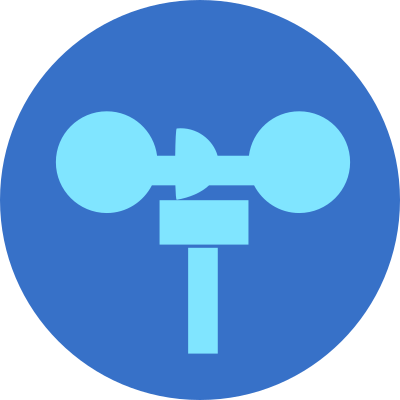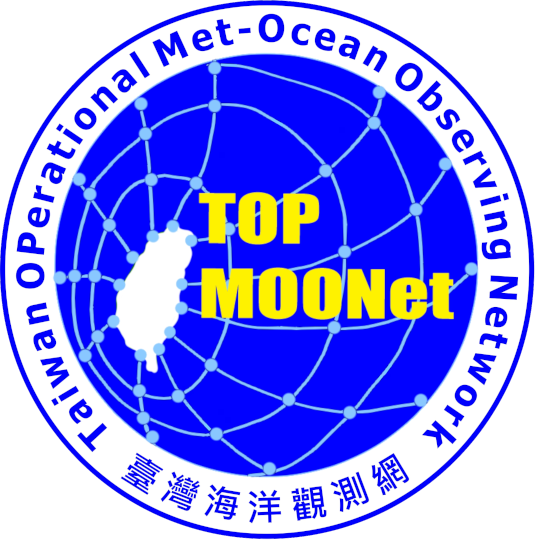
Chief Scientist
Je-Yuan Hsu
Plan
Three new research vessels (R/V NOR1, NOR2, and NOR3 hereafter; Photo 1) have been officially operated since 2020. Each ship has various atmospheric instruments, and an X-band wave radar for measuring the directional spectra of surface waves. The meteorological data has been stored regularly, but the procedures for checking the data quality are still missing. The shipboard system can automatically generate some bulk properties of surface waves, such as significant wave height. However, we cannot decode the files about surface wave spectra due to the missing manual from the manufacturer. The co-principal investigator Dr. J.-Y. Hsu at IONTU recently analyzed the output files for decoding the shipboard measurements of surface waves. The files are successfully converted into the results of surface wave directional spectra. Because the operation of these ships is supported by the MOST annually, these atmospheric and wave measurements around Taiwan can be collected continuously. The top priority of this project is thus to study the uncertainties of the atmospheric and wave measurements carefully. The data can then be stored and used for improving the daily weather forecasts in Central Weather Bureau (CWB).
Except for the measurements from ships, data captured by several instruments in this observational network is also valuable. Since 2015, a typhoon observation team of NTU has deployed at least one buoy in the western Pacific annually (Jan et al., 2017; Yang et al., 2019). Various instruments are mounted on the buoys for measuring the atmospheric conditions and surface waves. The original purpose of the buoy is to capture the ocean response to typhoons. The data quality has been validated by inter-comparing to the measurements from other platforms. There are other instruments that may be used for measuring surface waves as well, such as EM-APEX floats. Note that the R/Vs cannot be operated under the extreme sea state, such as typhoons. Because these autonomous instruments can collect data without ships staying nearby, the measurements can be used for exploring and monitoring the sea state even before the wind of typhoons affects Taiwan. Unlike the daily weather forecast can be benefited from the shipboard measurements, the field data will directly improve our forecasts on the intensification of typhoons.
Here, this task plans to recruit two research assistants for establishing this monitoring system for marine meteorology and surface waves around Taiwan. The first research assistant will be responsible for establishing a standard procedure in the quality control of surface wave measurements. It requires not only the essential knowledge for the surface wave dynamics and instruments but also efforts in inter-comparing wave measurements between different platforms. The second research assistant will focus on the quality control of marine meteorological data. It involves both the error analysis of the dataset and the inter-comparison to the weather stations on lands. Once the quality control of both marine meteorological data and surface wave measurements is finished, this project will seek collaborations with CWB and Ocean Data Bank for further interpretation/application of the data. They can also be useful to the studies of air-sea interaction around Taiwan.


